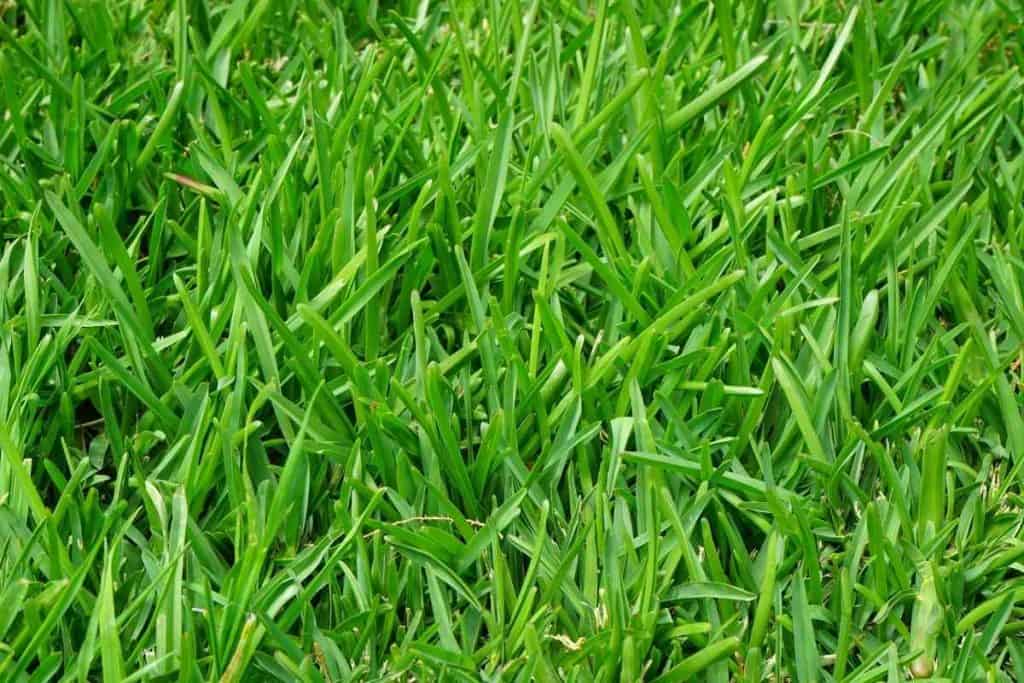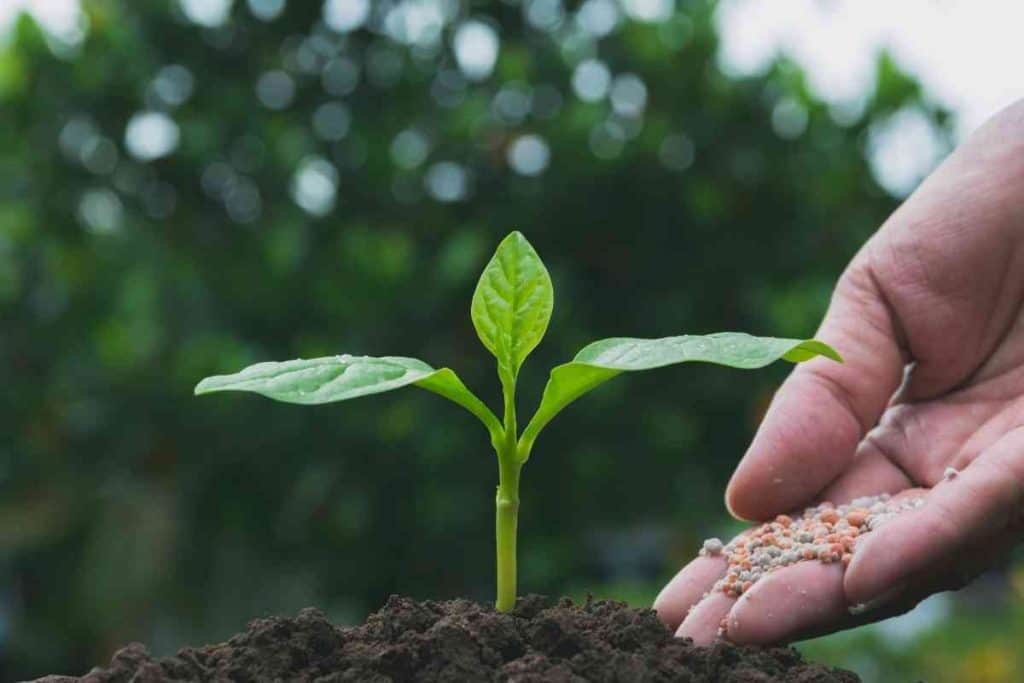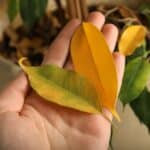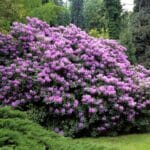Over-fertilizing your plants can lead to fertilizer burn, which will consequently result in the death of your lawn or garden plants. So, you want to pay attention when you’re applying fertilizer on your plants and ensure you’re giving them the right amount.
But can plants recover from fertilizer burn? Yes, plants can recover from fertilizer burn if you notice it on time and intervene.
This article will tell you what to do to prevent fertilizer burns and fix fertilizer burn on plants.
Let’s get started!
Table of Contents
What is Fertilizer Burn?
Fertilizer burn is a situation that comes from over-fertilizing and leads to the burning or scorching of a plant or its foliage. It can also come as a result of the application of fertilizer to wet foliage.
Note that salts in fertilizer remove the plant’s moisture; therefore, overfertilizing causes yellowing or browning leaves and root rot.
Meanwhile, the risk of plant damage is high during fertilization; hence, you need to be more careful as a gardener.
The signs of fertilizer burn may begin to appear around one or two days (it may take two weeks if what you used was a slow-release fertilizer). Some of its symptoms are yellowing, browning, or wilting of leaves.
How Can You Prevent Fertilizer Burn in Plants?

As we earlier discussed, fertilizer burn does not bode well for any plant and coupled with the fact that you can most times find it difficult to revive the plants when they suffer from this condition, there’s a need to prevent it.
“Prevention they say is better than cure.” But what are these preventive measures?
- Always ensure you fertilize your plant according to its requirements, as overfertilizing wouldn’t make it fare any better but rather make you risk ruining your plant
- The best soil for fertilizing is compost, as it prevents any risk of fertilizer burn. Several plants do well when you feed them with a 1-2 inch layer of compost once or twice a year
- Also, slow-release fertilizers minimize the chances of fertilizer burn, as it emits salt into the soil slowly rather than everything at once.
- Drought season makes plants prone to fertilizer burn, as the fertilizer will become more focused on the soil. Therefore, you’ve to be patient until there’s an improvement in moisture condition
- Do not fertilize wet lawns; neither should you let fertilizer come anywhere close to wet leaves
- Immediately you have applied granular fertilizer, quickly water the plant deeply and thoroughly. It will help rinse off fertilizer from the plants and enable the salts to circulate themselves equally in the soil
Can Plants Recover from Fertilizer Burn?
As we earlier discussed, treating plants from fertilizer burn can be close to impossible or even quite tricky at the very least.
However, with early intervention and little effort, these plants stand greater chances of recovering. Having said this, how can you treat plants to make them recover from fertilizer burn?
We have indeed given a brief highlight on ways you can treat or deal with plants that are riddled with fertilizer burn and make them recover or come alive once more.
Meanwhile, it is important to note that the success of these measures depends on root health. If their roots are seriously damaged, their chances of recovery will be slim.
How to Fix Fertilizer Burn on Plants

Below are the various ways to fix fertilizer burn on plants and restore your plants to their full glory:
1. Remove visible fertilizer
You can help your plant recover from fertilizer burn by getting rid of visible fertilizer, be it a crust on the soil surface or as a spilled powder.
In other words, you are flushing out excess nutrients with water, doing so for about one week or so. Meanwhile, be careful to prevent waterlogging.
2. Repot the plant
Sometimes, flushing with water might not be enough; at this point, the best thing to do is to re-pot by using as fresh soil as possible.
3. Stop fertilizing
Your plants can recover from fertilizer burn if you stop fertilizing them, at least for a while, and allow them time to recuperate from the ailment.
4. Prune the damaged leaves
Another measure to get your plant to recover from fertilizer burn is by pruning or getting rid of the damaged and dead leaves.
By so doing, you’ll help to save the plant’s energy, thereby helping the affected plant to develop new foliage a lot faster.
5. Keep watching the plants
After taking the measures above, check the plants in two weeks, and if it is indeed recovering, you have nothing to worry about, as the plants will certainly come alive again.
6. Get rid of old plants
This measure is optional as it should be done when other attempts to correct fertilizer burns have failed to yield good results.
Get rid of the old plants and re-sow the garden. However, don’t forget to first wipe out too many nutrients.
Related Readings:
- Is Fish Fertilizer Suitable for All Plants?
- Best Fertilizer for Geraniums
- Which Plants Can Use Seaweed Fertilizer?




